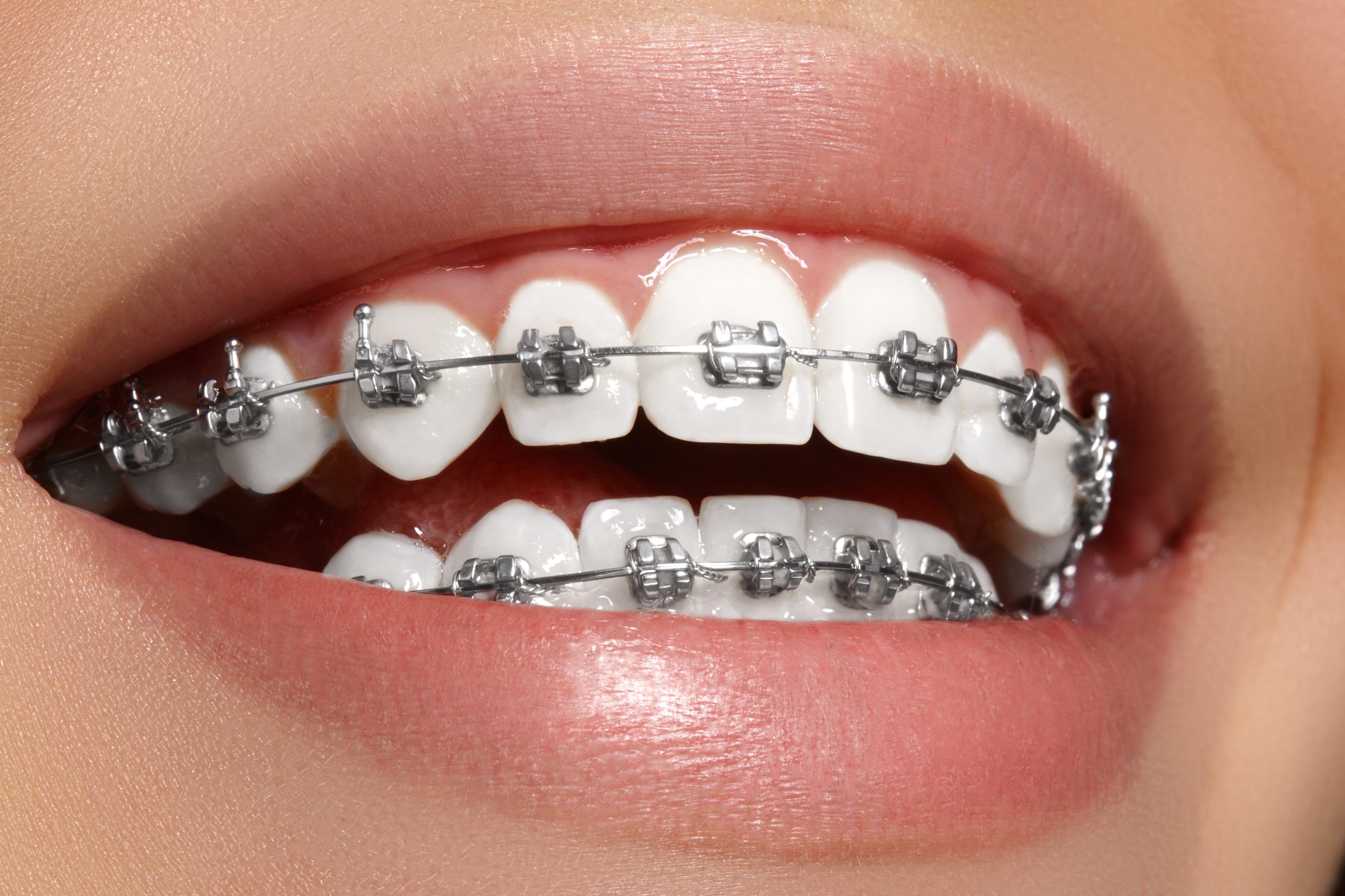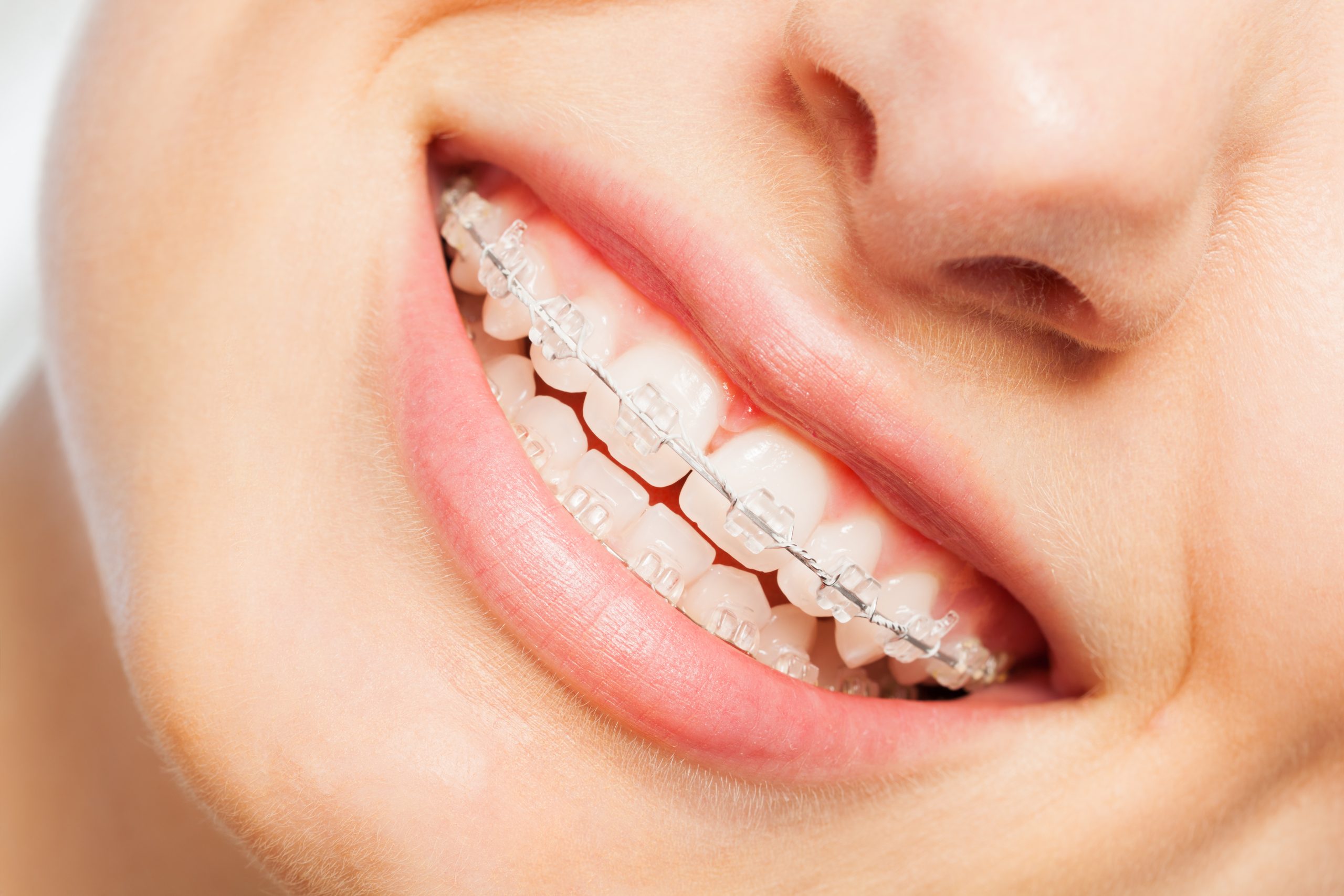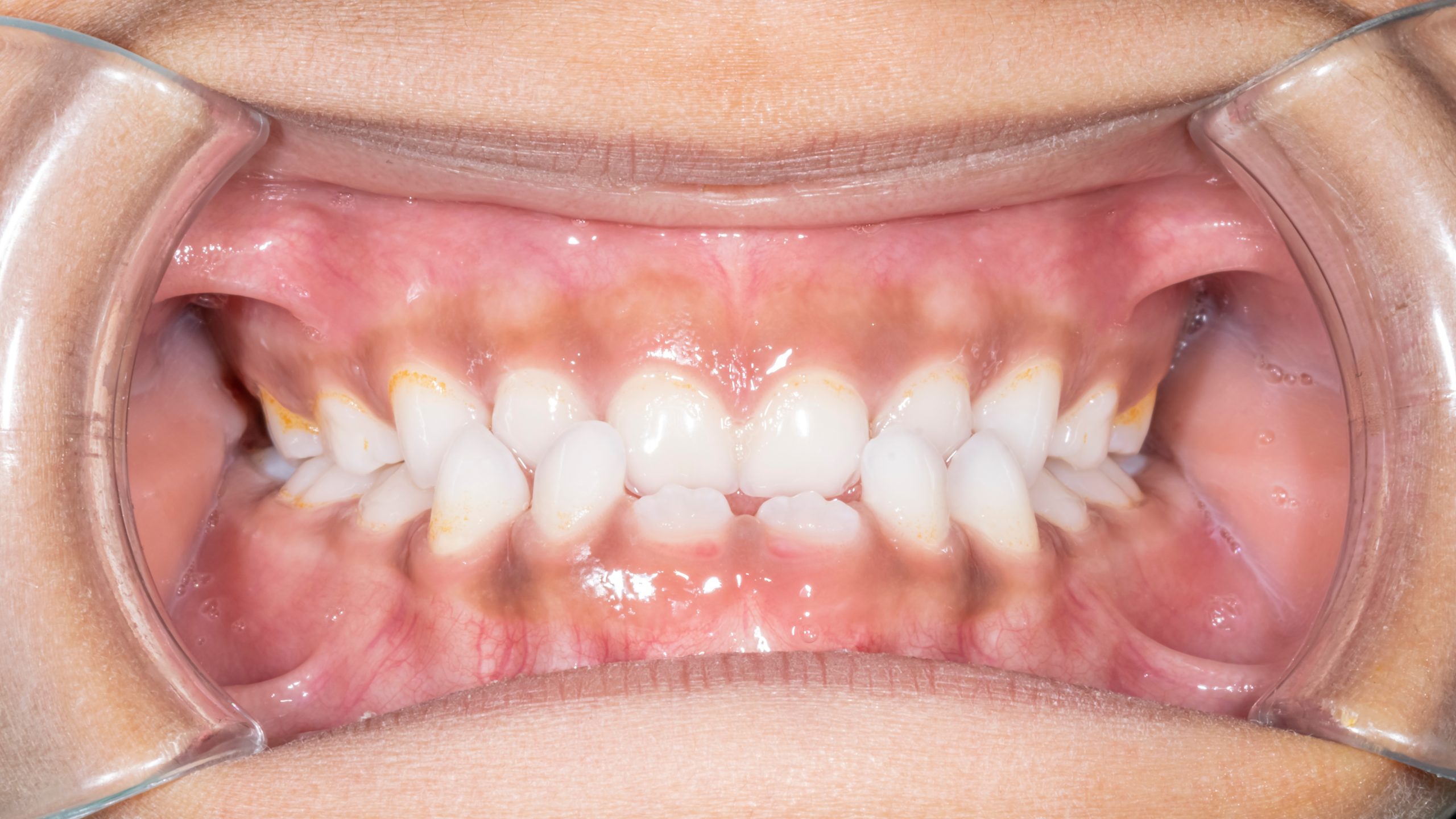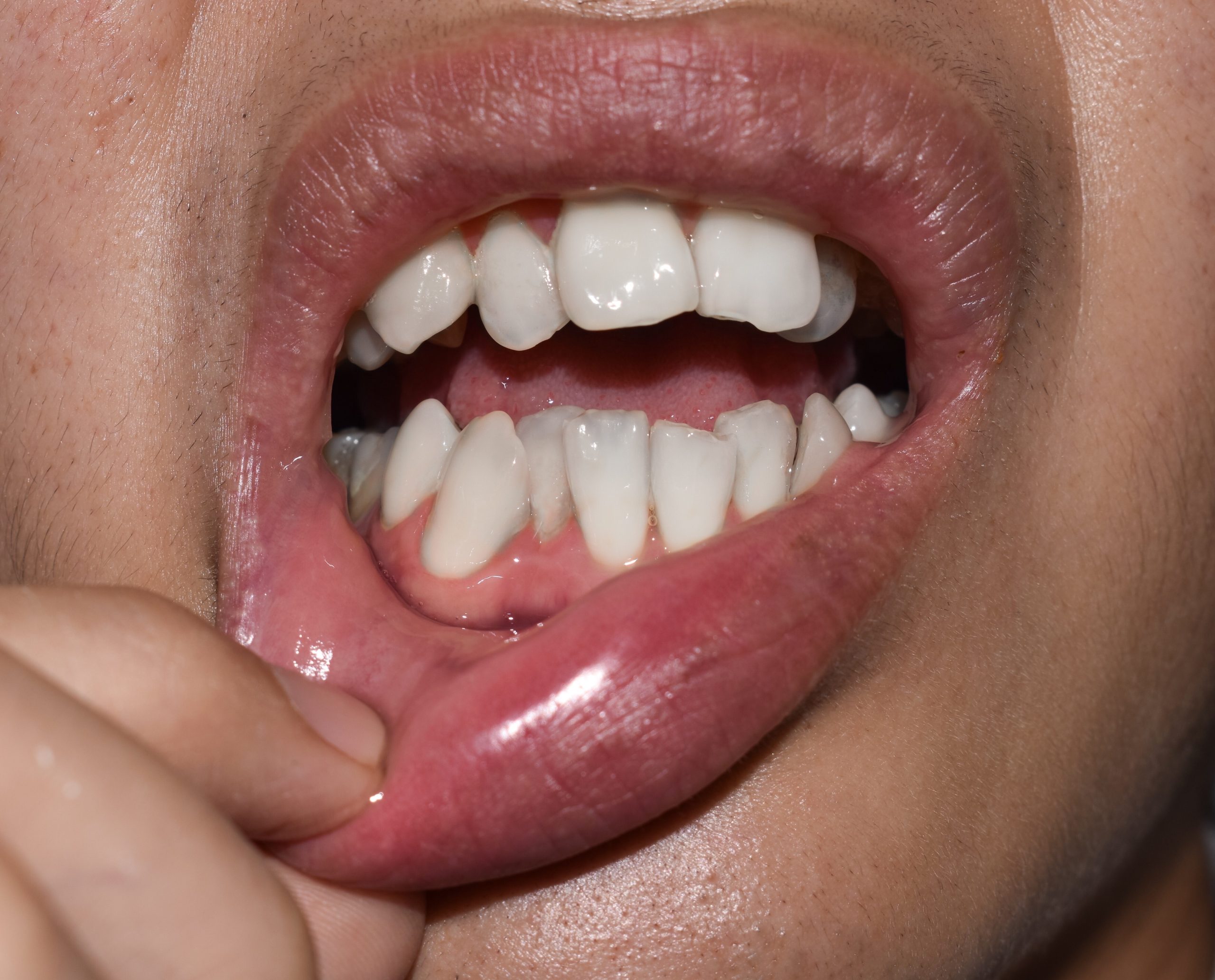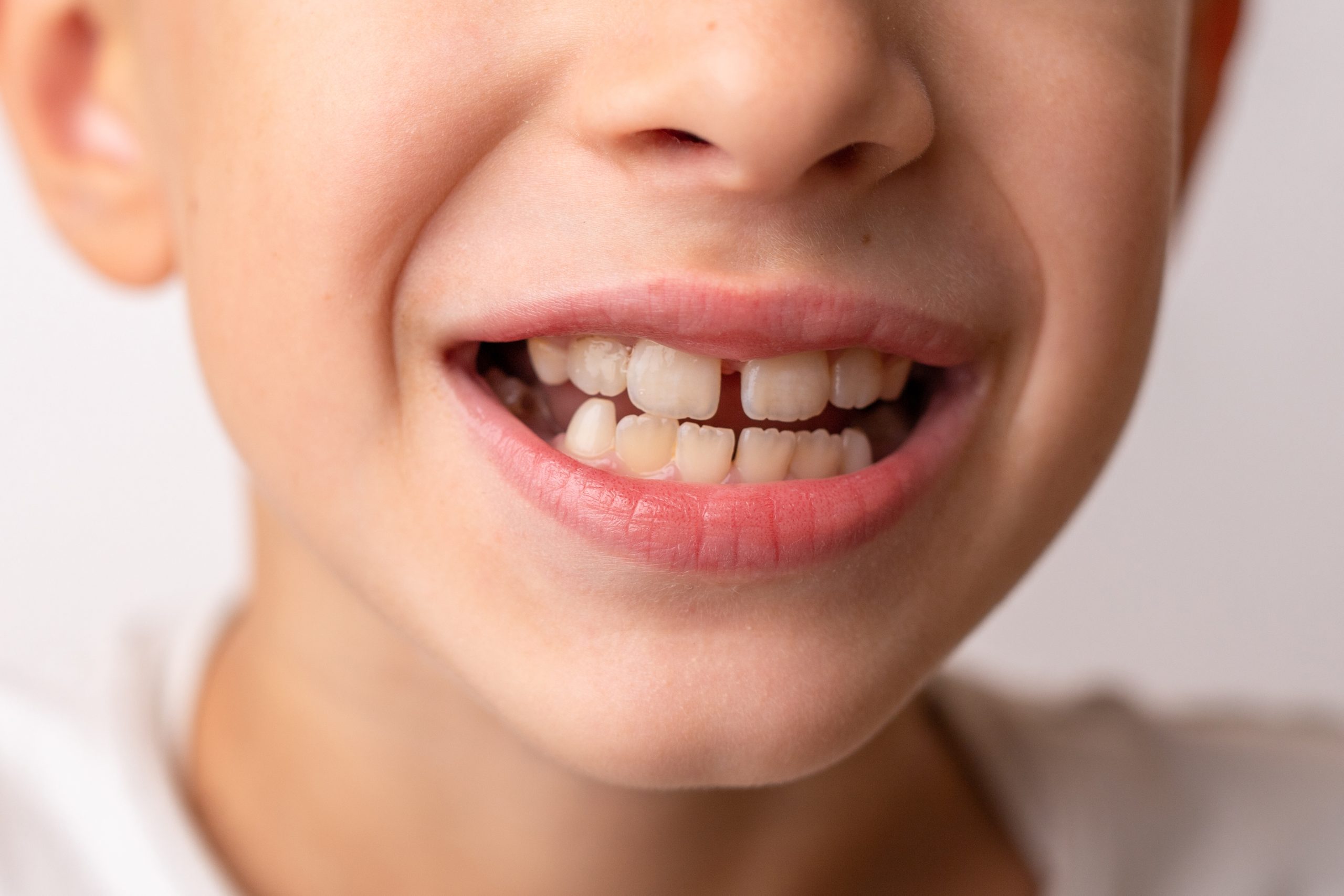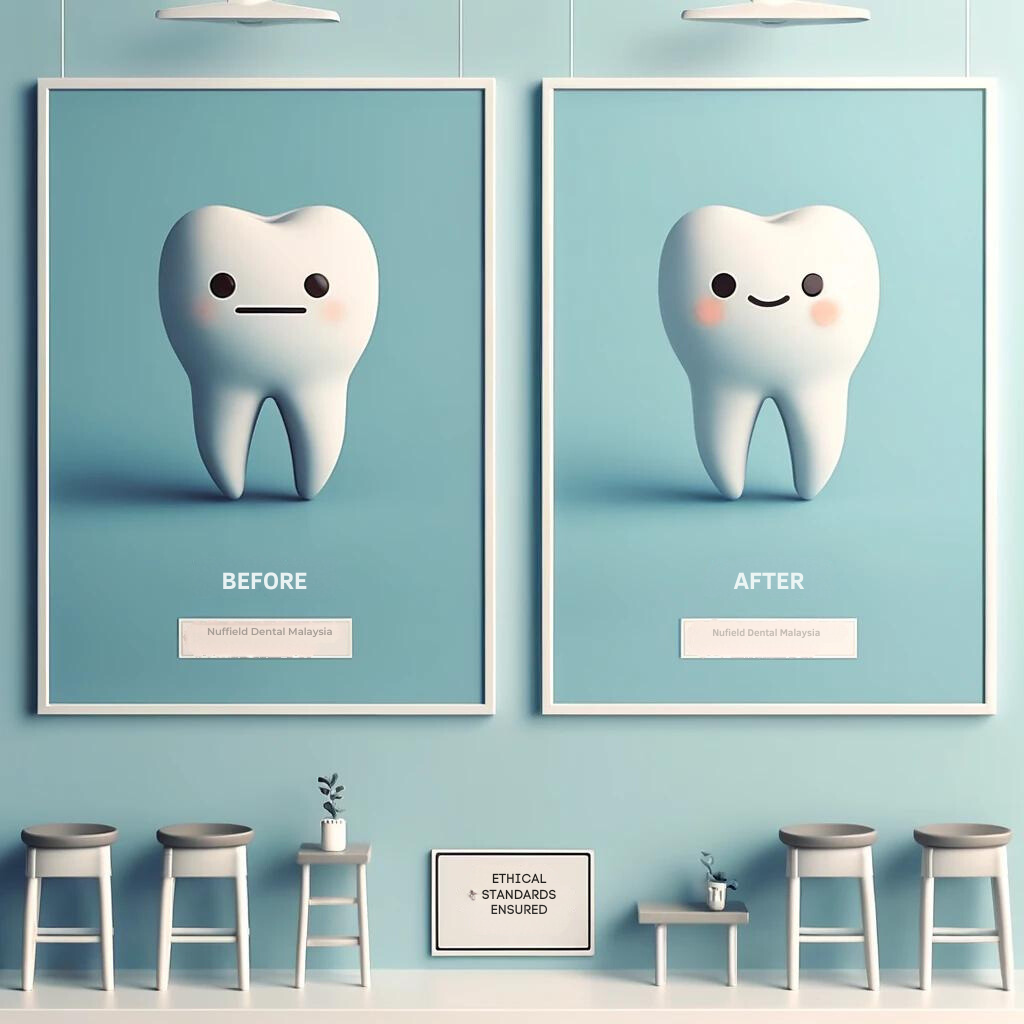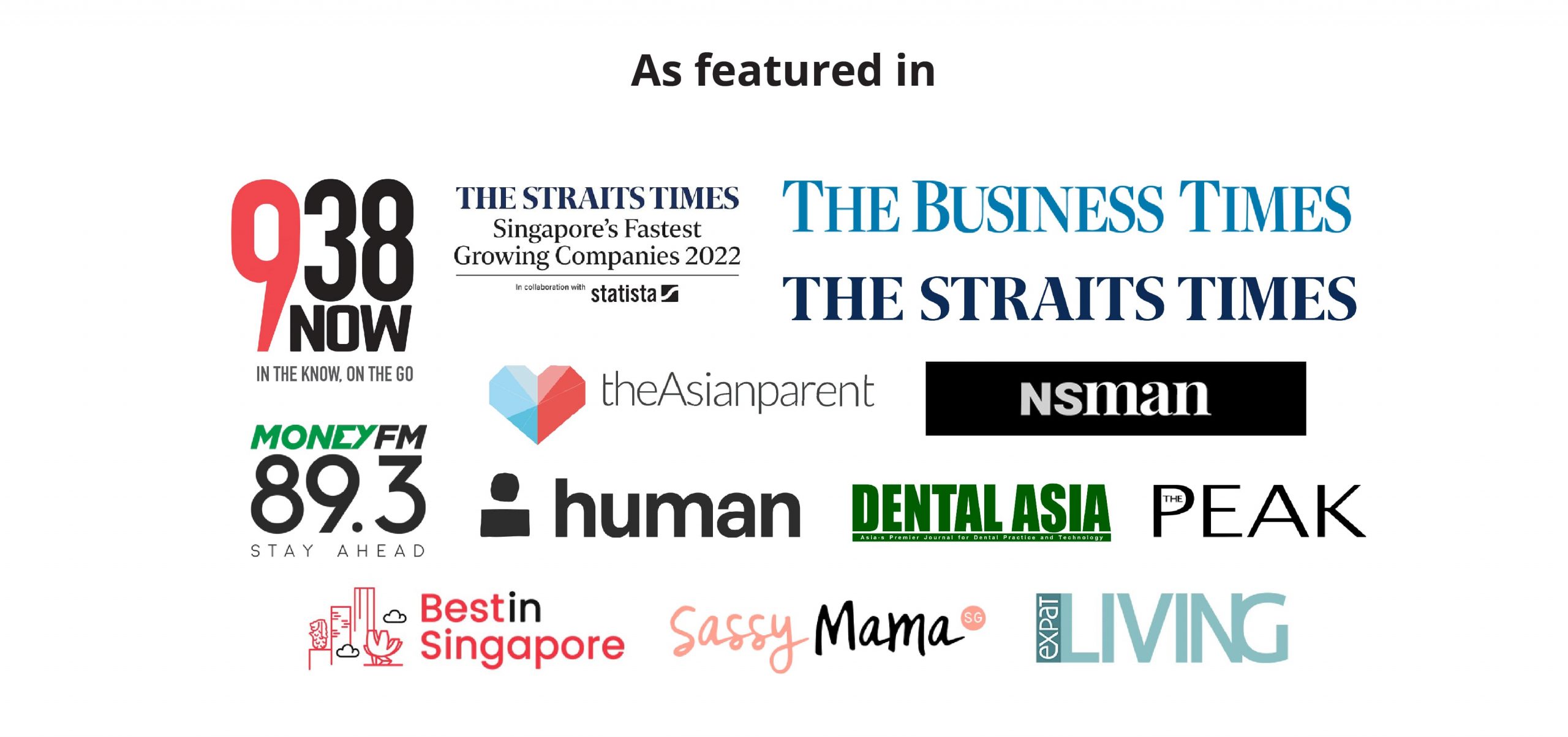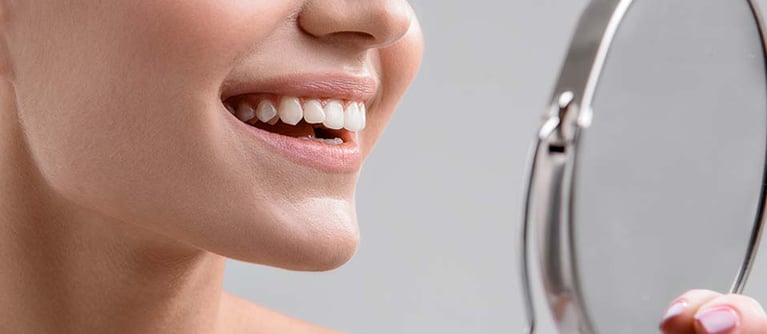FAQs
1. Are Braces Painful?
No. However, braces can be uncomfortable, especially right after they’re put on or adjusted. The discomfort usually goes away after a few days.
2. Do Braces Permanently Straighten Teeth?
Yes, braces permanently straighten teeth by gradually aligning them. However, wearing a retainer after treatment is crucial to maintain the new position.
3. What’s the Success Rate of Braces?
Braces are very effective, with a success rate over 90%.
4. Why Are Braces So Costly?
Braces are expensive because they require customised design, quality materials, and regular adjustments by skilled orthodontists to work correctly.
5. Which Type of Braces Shows the Fastest Results?
Some experts think metal braces work the fastest, while others prefer self-ligating braces. But really, you should go with whatever type your orthodontist recommends as the best fit for you.
6. Do Braces Change Your Jawline?
Yes, braces can change your jawline. They align your teeth and jaw, improving your bite and potentially adjusting your jaw’s appearance.
7. What’s the Best Age to Get Braces?
The ideal age for braces is between 9 and 14, when bones are still developing and more adaptable. However, adults can also achieve great results, although it may take a little longer.
8. Are Braces For Adults and Children Different?
Adult treatments may use stronger braces or more frequent adjustments since adult bones are fully developed and less responsive to changes compared to children’s growing bones.
9. Will I Need Extractions to Get Braces?
You might need extractions for braces if your teeth are very crowded. Your orthodontist will decide after checking your teeth.
10. How Long Do I Need to Wear My Braces Everyday?
Braces need to be worn all the time until the orthodontist removes them at the end of your treatment.
11. How Long Does Putting on Braces Take?
It usually takes about 1 to 2 hours to put braces on, depending on what needs to be done for your teeth.
12. Will My Braces Need to be Replaced?
Generally, braces don’t need to be replaced unless there’s damage. But some parts, like elastics and wires, might need to be changed occasionally.
13. Will I Be Able to Speak Normally After Braces?
Yes, you’ll be able to speak normally after braces. There might be a short adjustment period, but you’ll quickly adapt and sound like yourself again.
14. Can I Still Play Musical Instruments Like The Trumpet?
Yes, you can still play instruments like the trumpet with braces, although there might be a short adjustment period.
15. Can I Still Do Sports With Braces?
Yes, you can still do sports with braces. It’s a good idea to wear a mouthguard (protective device that prevents injury to teeth and gums) during physical activities.







